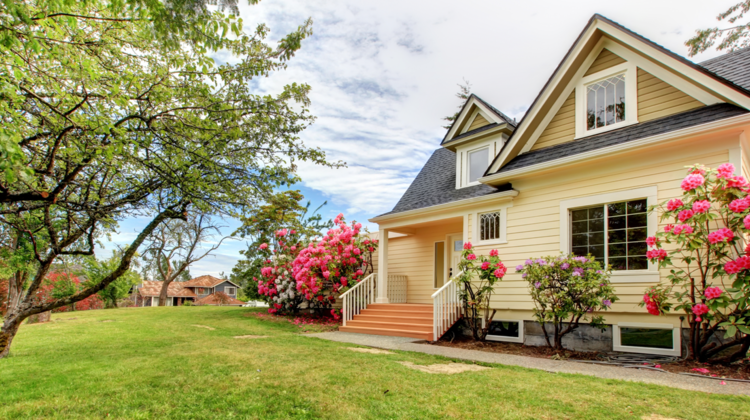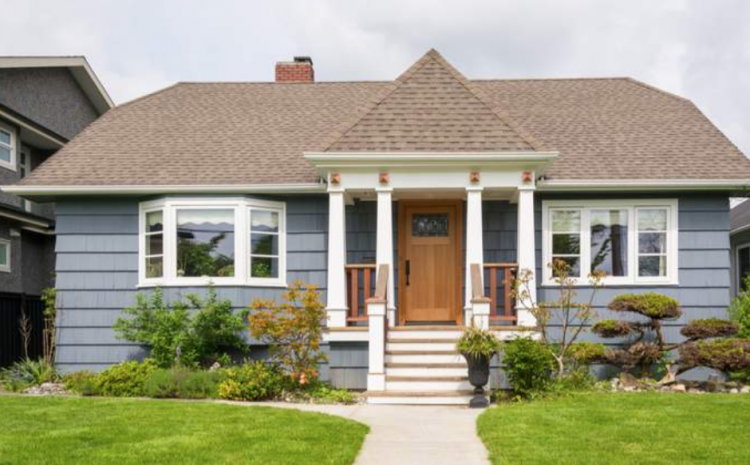
How to Identify and Prevent Roof Leaks
Whether you’re a homeowner or a renter, a damaged roof can be a precursor to leaks that can affect your walls, ceiling, insulation and belongings.
Roof leaks can even lead to mold growth, which is not only unsightly but harmful to your health.
Here’s what you should know about the signs and causes of a leaking roof — and how to fix any problems.
- Causes of Roof Leaks
Your roof employs several materials designed to keep out moisture. Routine wear or sudden damage can prevent your roof from doing its job.
Points of failure include missing or cracked shingles, missing or damaged flashing or vent pipe coverings, and gaps or cracks in caulk or sealant. Faulty window flashings and clogged gutters can also cause water to leak into your home.
- Signs of Leaking Bubbling paint, stained ceilings or walls and mold growth in places that shouldn’t be wet can all signal a roof, window or wall leak. In the attic, wet spots or mold growth on roof decking or insulation can also indicate a leak.
- How to Prevent Leaking
To minimize your risk of needing an expensive repair, conduct an annual roof inspection from the ground using binoculars or a camera’s zoom lens, or hire a professional if you can’t get a clear view.
Avoid climbing on your roof — you could damage your property by walking on it. If you’re a renter, report any signs of a possible leak to your landlord immediately.
Changes in weather can impact your property, and water damage is a common issue year-round. Contact us anytime with questions about how and if your homeowners or renters insurance covers leaks.







